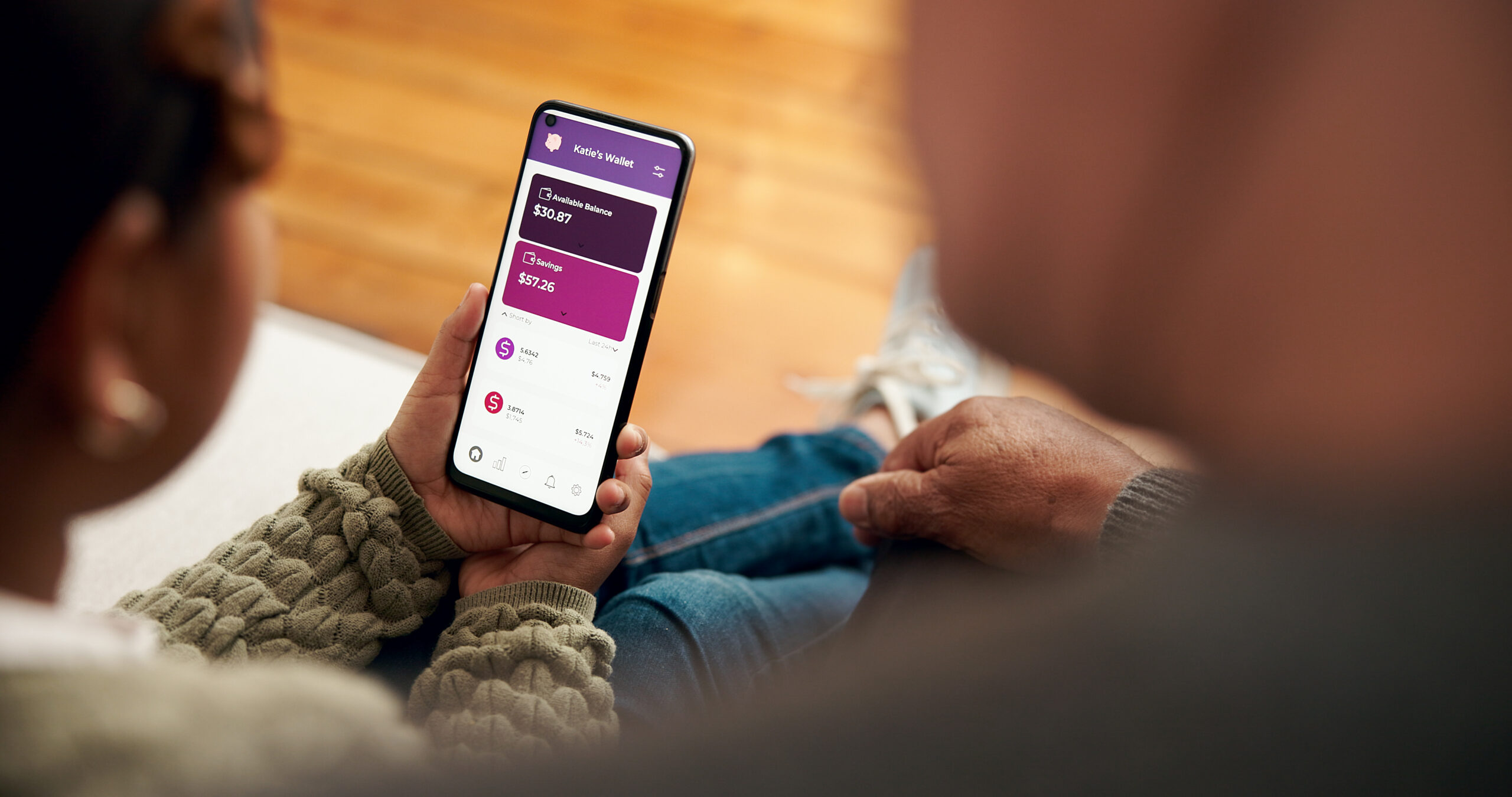How to Navigate Mental Health Services: A Guide for African American Families
Today, we’re focusing on navigating mental health services, a crucial step for African American families seeking support. Understanding how to access and utilize these services can make a significant difference in mental health outcomes.
First, let’s acknowledge the barriers. African American communities often face unique challenges when it comes to mental health care. Stigma and discrimination are prevalent, and these factors can discourage individuals from seeking help. Many African Americans fear being judged or misunderstood, which can prevent them from accessing the care they need. This fear is compounded by a historical mistrust of the healthcare system, rooted in past injustices and ongoing disparities.
One of the biggest obstacles is the lack of culturally competent care. It’s essential to find a mental health provider who understands and respects the social and cultural needs of diverse patients. Unfortunately, there’s a shortage of Black therapists, which can make it difficult for African American families to find someone who truly understands their experiences and challenges.
To navigate these barriers, it’s important to start by researching your options. Look for mental health providers who have experience working with African American clients and who demonstrate cultural sensitivity. When meeting with a potential therapist, don’t hesitate to ask questions about their experience and approach to ensure they’re a good fit for your needs.
Cost is another significant barrier. Despite the Affordable Care Act, many African Americans remain uninsured or underinsured, making mental health care financially inaccessible. It’s crucial to explore all available resources, including community-based programs that offer low-cost or sliding-scale services. Organizations like the Black Emotional and Mental Health Collective (BEAM) and Therapy for Black Girls provide directories of Black therapists and resources to help navigate the mental health care system.
Family and community support can also play a vital role in navigating mental health services. While stigma may discourage open discussions about mental health, fostering a supportive environment where individuals feel comfortable seeking help is essential. Encourage open conversations about mental health within your family and community to reduce stigma and promote understanding.
Additionally, consider leveraging spiritual and community networks. In many African American communities, churches and other faith-based organizations are central to community life and can provide support and guidance in accessing mental health services. While spiritual support can be beneficial, it’s important to recognize that it should complement, not replace, professional mental health care.
By addressing these barriers and utilizing available resources, African American families can navigate the mental health care system more effectively. Seeking mental health care is a courageous step, and it’s important to advocate for yourself and your loved ones to ensure you receive the support you need. Together, we can break down the barriers to mental health care and promote healing and well-being within our communities.









